The mandala tapestry craze has been a big one. From tattoos to book covers and wall hanging tapestries, the intricate shape and pattern of a mandala tapestry can be seen everywhere all around the world.
The meaning behind the mandala tapestry dates back through history and has critical psychological impacts on people. The mandala tapestry is used as a powerful symbol in Hinduism and Buddhism.
But whether you are Hindu, Buddhist, Christian, or an atheist, the mandala designs are also powerful symbols for life's navigation.
Read on to learn all you want or need to know about mandala tapestry and how you can use this type of wall hanging tapestry in your home.
What is the Meaning Behind Boho Mandala Tapestry?
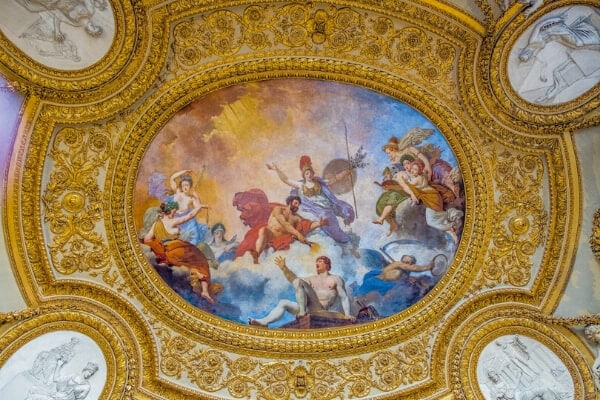
First, let's discuss some context. The term "mandala" (pronounced mon-dah-la) means "circle" in Sanskrit. The mandala also represents wholeness, unity, and harmony.
Mandalas can be found everywhere, and they are used mainly in spiritual settings. Think of mandala wall art in Christian churches - or designs in Celtic and Tibetan art.
There is a circle with an image in the center - the Cross, Jesus, or geometrical patterns representing time and space.
Surrounding the circle could be more images that represent important things or other related geometric shapes.
Meditation
One of the most famous representations of the mandala is the image of Buddhist monks, the picture of inner peace, sitting a certain way around a table or on the floor for days working their life away in the use of little granules of colored sand.
The monks are using their concentration to create a colorful and symmetrical image that can take weeks to complete. During this exercise, their minds are free to look inside themselves.

After all that hard work, the monks erase the mandalas, search out all the colors to reorganize them and get started to make a new mandala. Each mandala they make is different, with circles filled with geometric shapes and colors.
Why focus all that energy on a design that will never be used for anything?
Why create new mandalas only to erase them at the end?
What use is there for this type of learning?
Psychoanalysis
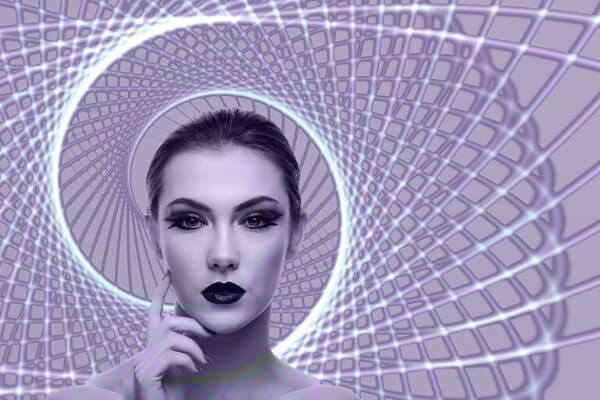
Well, this act is meditative and deeply absorbing. Part of it is the belief that this unique mandala practice could connect you to the universe - some people want this.
Even the psychologist Carl Jung would draw mandalas every morning.
He is credited with introducing the Eastern concept of the mandala to Western thought and also believed that to draw mandalas was symbolic of the inner process by which individuals search inside themselves and grow toward fulfilling their potential for wholeness.
He drew his first mandala with geometrical patterns in the center enclosed with images of animals and plants.
Visual Aids
There are many uses for a mandala, including being used as a visual aid. When mandalas are viewed close up, the mind absorbs it in such a way that there is no need for disturbing thoughts.
A spiritual essence surrounds the individual observing the mandala tapestry. The hypnotizing symbol permits the individual to reach a higher consciousness or awareness - the busy mind rests. In contrast, the creative mind runs free in search of the source.
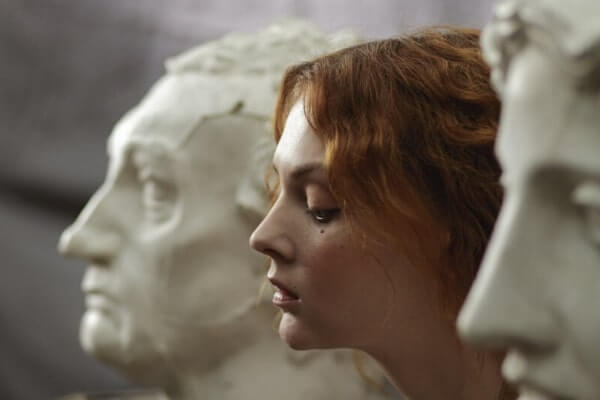
A person who is a mandala enthusiast will often talk about the spiritual healing energy contained within the circles - symbolic of the sun - and uses it as a positive aid to meditation.
Color Meaning
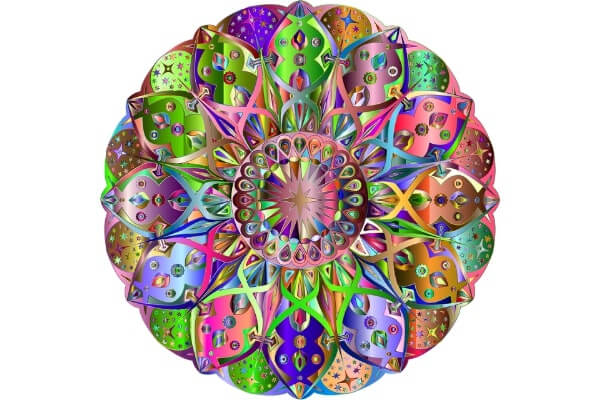
There holds meaning in a mandala's color also. While colors may mean different things to different people, they do have some universal significance, and different colors represent various meanings.
Look at this list of color meanings to get to know the message of your mandala tapestry circle.
The Lotus
The lotus is a powerful symbol mostly associated with Asian cultures. In Buddhism, the lotus is used as a representation of leaving the material world and forming a spiritual relationship with the universe - in other words, spiritual meditation.
This flower is also seen as a symbol of enlightenment. In Hinduism, the lotus is connected to the best part of the human soul, its creativity, and wealth.
Some aficionados believe that a lotus mandala tapestry should contain 1,000 petals to present the most positive effects on people.
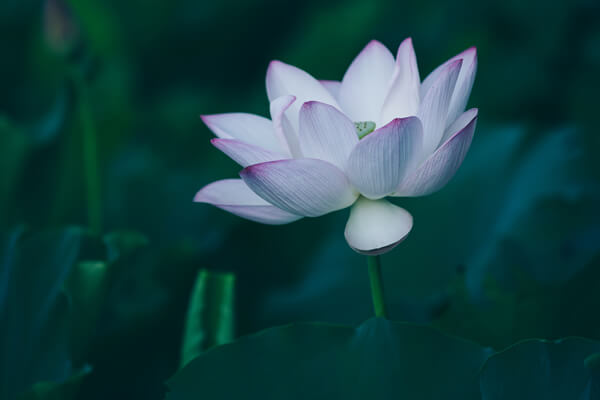
But in reality, there isn't always enough room available on mandala tapestries to incorporate so many petals.
Therefore, lotus tapestries are often using fewer petals. However, the design can still give physical healing and has many other benefits to use to help people.
The Elephant
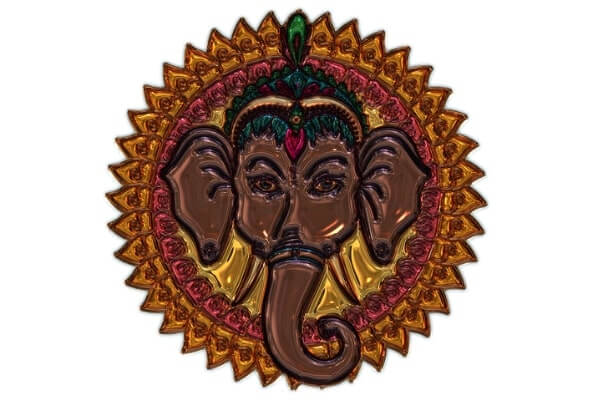
The elephant mandala symbolizes great strength and power.
In Buddhism, the grey elephant represents a mind that is distracted from enlightenment. In contrast, a white elephant is a state of true wisdom that can be reached through the practice of meditation (see above - the color white's message of purity, truth, and consciousness).
In Hinduism, the symbol represents fortune, luck, and material growth - or the desire to have it.
The elephant mandala is a popular theme in modern times; however, experts believe that if individuals take some more time to reflect within on their decision (meditation again!) to choose such artwork as they might be surprised about what they will discover about themselves and their life.
There are other mandala wall geometric pattern hangings out there that people love - including the tree of life.
Whatever types of mandalas you like - whether a modern category or something with a more classic theme (like the sun or a tree), there is a mandala tapestry out there for you if you are willing to look for it.
What is a Bohemian Trend?
This ancient mandala tapestry art is an extremely popular form, especially in Hinduism and Buddhism, that helps countless individuals regain their focus, their confidence, and their concentration by creating a deeper connection with their inner self and the universe.
People who love Bohemian life and style are using wall mandala tapestries in home décor, fashion, accessories, beauty, and other related aspects of life.
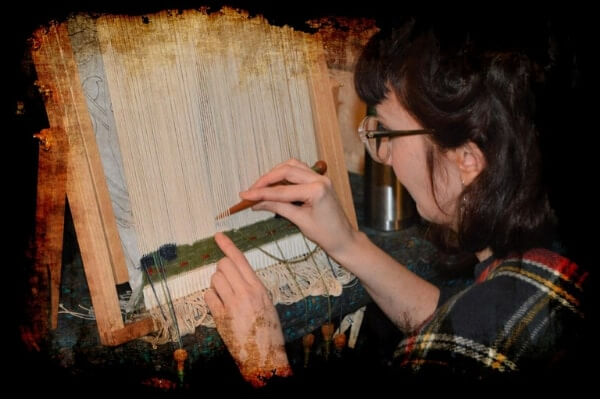
These beautiful designs can be used to add complex color and ritual to a room and help you achieve your present goals of enlightenment - whatever that may be for you. It is evident that regardless of their meaning, mandalas embody that which is sacred, holy, or mystical to the individual.
It surpasses cultural and religious contexts allowing mandalas to have a close universal appeal to the human psyche, which is always learning.
If you have enjoyed this post, consider sharing it with a friend the next time they ask about your mandala wall art.

